At the first in a series of dairy expansion seminars hosted by State research and advisory body Teagasc last week, scientist Brendan Horan issued a stark warning: “Only the top 10% of dairy farmers should consider large-scale expansion.” At the same meeting, Dairygold chief executive Jim Woulfe revealed that 70% of his 3,000 suppliers are planning to expand post-quota abolition.
Horan spoke of the need for farmers to develop a “resilient” milk production system – one that can withstand weather and price shocks and is consistently profitable. Regardless of the production system, there is a proven relationship between profitability and maximising the amount of grass utilised. Profitable dairying is about putting as much high quality grass as possible in front of the right cow calved at the correct time of the year.
A Jersey crossed with a Holstein Friesian appears to be the top performing cow, with farm data showing high milk solids production per cow (421kg) and an appropriate calving interval (382 days).
Horan identified three key areas where Irish dairy farmers need to improve:
Less than 10% of Irish dairy farmers are measuring grass “and only about half of them are doing it with the level of detail required”.Calving on Irish dairy farms is still not as compact as it needs to be, with the average conception rate of 40% to 45% still 10% too low.Only 11% of dairy soil samples are of satisfactory status for optimum grass production.Horan warned that expansion complicates the farm business, puts pressure on cashflow and may not increase profitability – especially once a farm goes beyond a single-person unit.
This point was illustrated at the same meeting by Walsh Fellowship student Patrick Gillespie. He examined developments in Northern Ireland (NI), where milk quotas have effectively been non-existent for 19 years. NI farmers have pushed up yields to an average of 6,596 litres per cow, 23% higher than the Republic of Ireland.
Since 1997, concentrate fed in NI has doubled on a per-cow basis to 2.3 tonnes. Accordingly, NI farms have significantly higher feed costs per hectare than the Republic (€1,180 v €641). In total, NI dairy farm overheads per hectare were 28% higher than in the south – mainly due to the higher depreciation, energy and other costs linked to intensive indoor systems.
Despite the extra milk and a 365-day per year workload, the net margin per hectare was similar north and south of the border for 2007, 2008 and 2009. While exceptional producers fared well, on average across the industry, the higher costs of the high input system wiped out the gains from the additional milk sold. There is clear evidence that a grass-based system is more resilient to price shocks and rewards the farmer rather than input suppliers.
Outlook
While the aforementioned weak points have to be addressed urgently, Horan’s presentation actually showed that the outlook and profit potential for well-managed Irish dairy systems is excellent.
Total milk production costs on the average Republic of Ireland dairy farm in the 2012 National Farm Survey were nearly 35c/litre, but the top 10% on costs were closer to 25c/l and are achieving net profit of €2,000/ha.
In summary, we have the technology and the grass-growing climate. It is up to farmers to apply the science.
Expansion will be profitable for those achieving high yields of milk solids from grazed grass. For those restricted by land area and quality, alternative dairy systems can be viable compared with other agricultural enterprises but may not achieve the same level of profit. Regardless of the system, careful planning and prudent budgeting will be needed to ensure the return justifies the large investment required.
At the first in a series of dairy expansion seminars hosted by State research and advisory body Teagasc last week, scientist Brendan Horan issued a stark warning: “Only the top 10% of dairy farmers should consider large-scale expansion.” At the same meeting, Dairygold chief executive Jim Woulfe revealed that 70% of his 3,000 suppliers are planning to expand post-quota abolition.
Horan spoke of the need for farmers to develop a “resilient” milk production system – one that can withstand weather and price shocks and is consistently profitable. Regardless of the production system, there is a proven relationship between profitability and maximising the amount of grass utilised. Profitable dairying is about putting as much high quality grass as possible in front of the right cow calved at the correct time of the year.
A Jersey crossed with a Holstein Friesian appears to be the top performing cow, with farm data showing high milk solids production per cow (421kg) and an appropriate calving interval (382 days).
Horan identified three key areas where Irish dairy farmers need to improve:
Less than 10% of Irish dairy farmers are measuring grass “and only about half of them are doing it with the level of detail required”.Calving on Irish dairy farms is still not as compact as it needs to be, with the average conception rate of 40% to 45% still 10% too low.Only 11% of dairy soil samples are of satisfactory status for optimum grass production.Horan warned that expansion complicates the farm business, puts pressure on cashflow and may not increase profitability – especially once a farm goes beyond a single-person unit.
This point was illustrated at the same meeting by Walsh Fellowship student Patrick Gillespie. He examined developments in Northern Ireland (NI), where milk quotas have effectively been non-existent for 19 years. NI farmers have pushed up yields to an average of 6,596 litres per cow, 23% higher than the Republic of Ireland.
Since 1997, concentrate fed in NI has doubled on a per-cow basis to 2.3 tonnes. Accordingly, NI farms have significantly higher feed costs per hectare than the Republic (€1,180 v €641). In total, NI dairy farm overheads per hectare were 28% higher than in the south – mainly due to the higher depreciation, energy and other costs linked to intensive indoor systems.
Despite the extra milk and a 365-day per year workload, the net margin per hectare was similar north and south of the border for 2007, 2008 and 2009. While exceptional producers fared well, on average across the industry, the higher costs of the high input system wiped out the gains from the additional milk sold. There is clear evidence that a grass-based system is more resilient to price shocks and rewards the farmer rather than input suppliers.
Outlook
While the aforementioned weak points have to be addressed urgently, Horan’s presentation actually showed that the outlook and profit potential for well-managed Irish dairy systems is excellent.
Total milk production costs on the average Republic of Ireland dairy farm in the 2012 National Farm Survey were nearly 35c/litre, but the top 10% on costs were closer to 25c/l and are achieving net profit of €2,000/ha.
In summary, we have the technology and the grass-growing climate. It is up to farmers to apply the science.
Expansion will be profitable for those achieving high yields of milk solids from grazed grass. For those restricted by land area and quality, alternative dairy systems can be viable compared with other agricultural enterprises but may not achieve the same level of profit. Regardless of the system, careful planning and prudent budgeting will be needed to ensure the return justifies the large investment required.




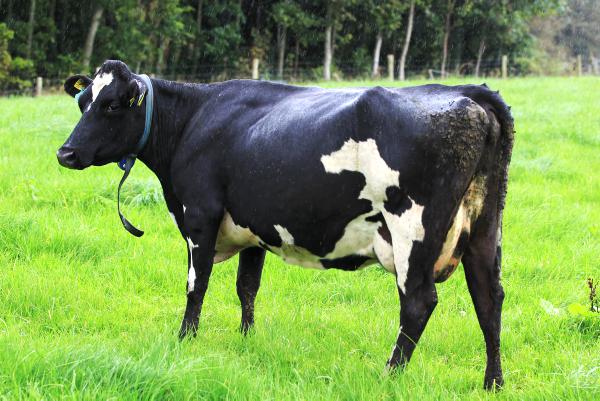
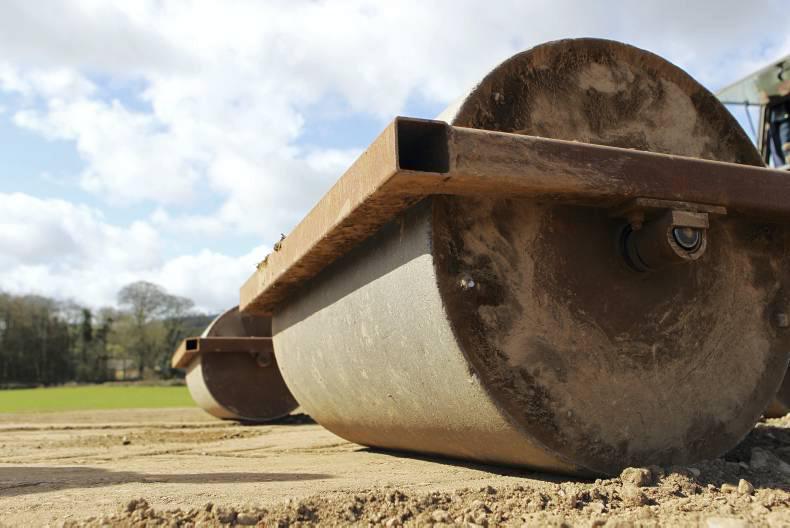

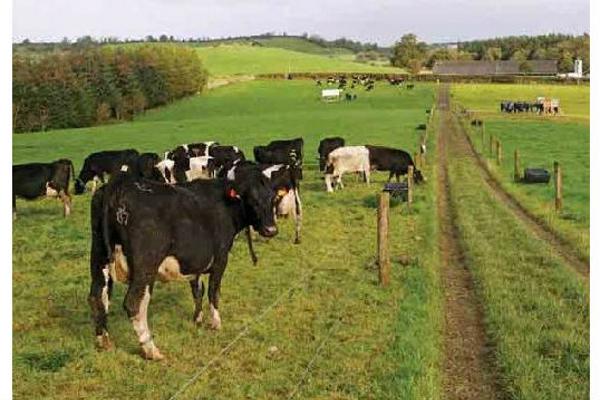
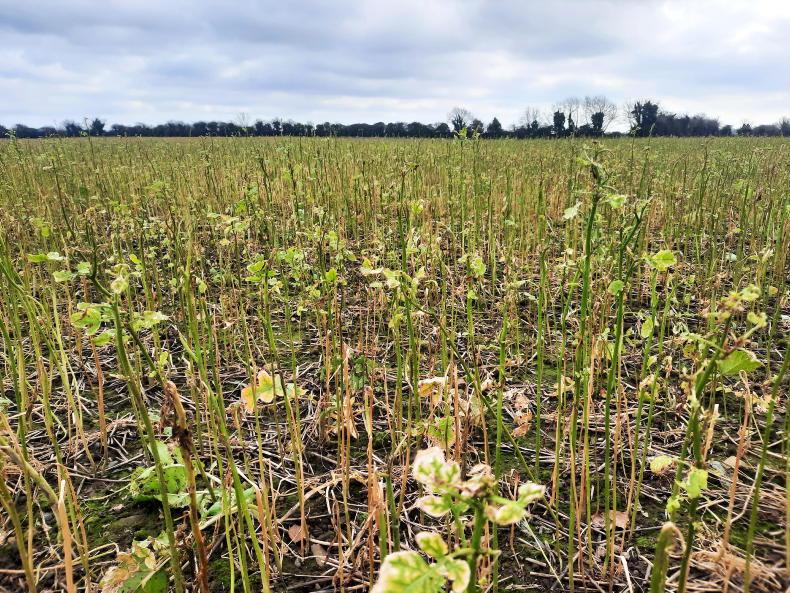
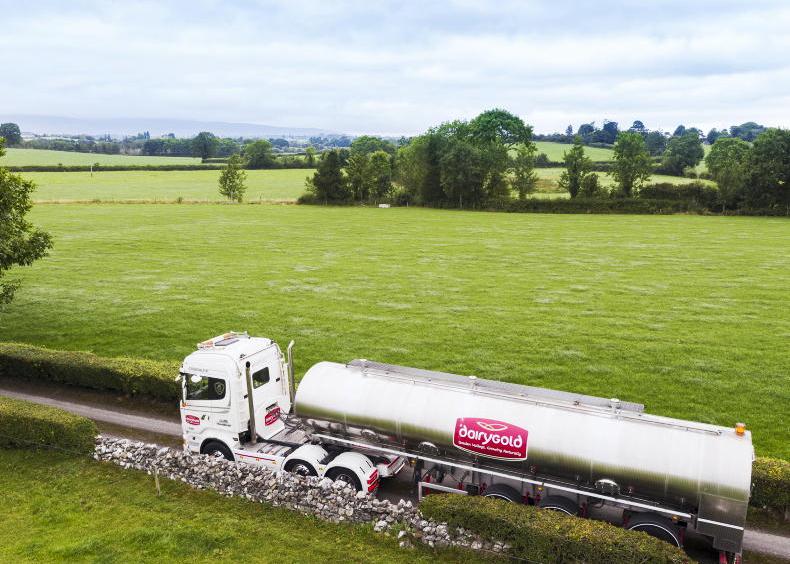
SHARING OPTIONS